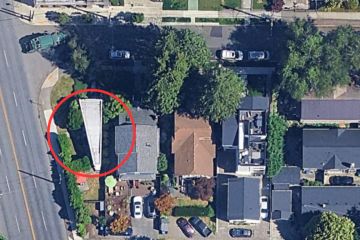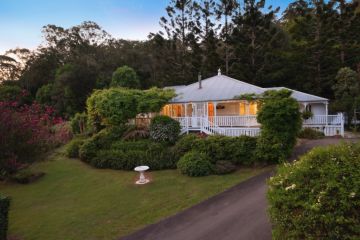Analysis: House prices are falling, but is affordability improving?

It’s the news first-home buyers have been waiting on for more than five years: property values are falling across most of the country. But does that mean homes are actually more affordable?
Let’s look at the numbers. Across the combined capital cities market, the median dwelling value has fallen 1.8 per cent from its peak in December 2017.
This was largely led by Sydney, where values declined 4.2 per cent since their peak in June last year.
Melbourne is not far behind in the downswing phase, falling 2.1 per cent in value since peaking in December 2017.
Affordability has improved in all capitals where property prices have started to decline.
But the median multiple is still well above affordable housing thresholds in several capital city markets. The median multiple is an affordability metric employed by the World Bank. It measures how many times the gross annual median income goes into median dwelling values. A score of 5.1 and over is considered “severely unaffordable”.
Drawing on Domain price data and adjusted census income data, the change in price and the median multiple across capital city markets, since the respective peaks, is assessed in below.
Median multiples across Hobart and Canberra have not changed, because the latest data point shows that prices are still rising – in other words, these markets have not yet begun to decline amid the latest upswing.
The Sydney dwelling market has seen rapid value declines of $43,433 in its median since its peak (June 2017). This has led to a reduction in the dwelling price to income ratio of 0.7.
However, the median value has declined 4.2 per cent off the back of a 71.1 per cent increase in the 5 years to June 2017. This means little has improved in the way of purchasing power.
The downturn thus far reduces the deposit hurdle on the median Sydney dwelling by $2654 from the market peak, where the 20 per cent deposit stood at $204,104.
The resource-based markets of Perth and Darwin are at different stages in the property cycle. Dwelling prices in Perth peaked at $577,253 in December 2014, and have since fallen $55,537 in value.
The median Darwin dwelling has declined $132,146 in value, creating the largest decline in the median multiple of -1.4.
The serviceability struggle
While the house price to income ratio is a simple, standard indicator for understanding affordability — particularly across countries — it is far from comprehensive. Other affordability metrics still spell out tough times ahead for homeowners.
Rental affordability, mortgage serviceability and the deposit hurdle are also vital considerations.
As of June 2018, Domain data shows the median income household in Sydney would require 59.8 per cent of weekly income to service an owner-occupied mortgage (assuming a 5.2 per cent variable rate on a loan-to-value ratio of 80 per cent).
This is down from 64.4 per cent at the peak of the latest cycle.
It is important to remember most Sydney households with a new mortgage are unlikely to be spending more than 60 per cent of their income on mortgage repayments.
These are indicative statistics to say if the median household level purchased the median value property, this is the portion of income required to service a mortgage.
Instead, Sydneysiders may be reducing mortgage repayments on properties in other ways. As well as buying in below the median, many make their first property an investment property, whereby rent can help cover a mortgage.
With banks announcing a 14 basis point rise in owner occupier loans — the first increase since March 2017 — the ability to service loans will deteriorate for those that want to live in their purchases.
However, in the long run, increases in the cost of serviceability will be a positive thing for new entrants to the housing market. Increases in the cost of borrowing money dampen demand in the housing market, and will see prices continue to fall in Sydney and Melbourne.
Eliza Owen is a research analyst at Domain
We recommend
We thought you might like
States
Capital Cities
Capital Cities - Rentals
Popular Areas
Allhomes
More







